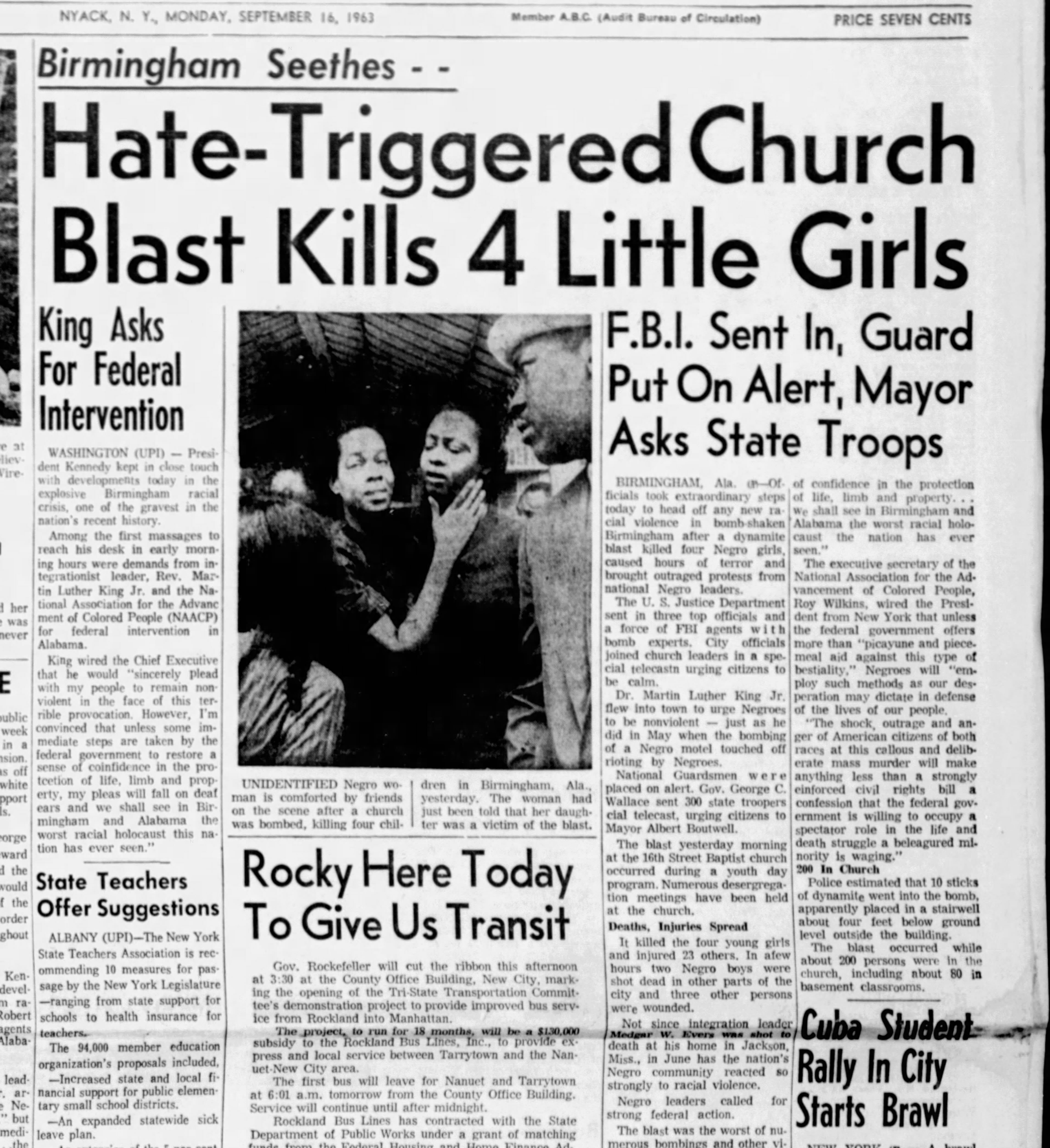About News Articles
About News Articles
Blog Article
Some Of News Articles
Table of ContentsThe Best Guide To News ArticlesOur News Articles StatementsThe Only Guide for News ArticlesNews Articles Fundamentals ExplainedFascination About News Articles
Good expertise of different topics offers pupils an one-upmanship over their peers. Although electronic and social media are easily accessible, we must not fail to remember just how important it is to review the papers. Parents need to attempt and inculcate the behavior of reading a newspaper as an everyday regimen to continue the tradition of the adored print tool.Newspaper article also consist of a minimum of one of the adhering to vital attributes relative to the designated target market: closeness, prestige, timeliness, human rate of interest, curiosity, or repercussion. The relevant term journalese is often used, typically pejoratively, to refer to news-style writing. One more is headlinese. Papers generally comply with an expository writing design.
Within these restrictions, news tales likewise aim to be comprehensive. Among the bigger and a lot more revered papers, fairness and equilibrium is a major aspect in providing info.
Newspapers with a global audience, for instance, have a tendency to utilize a more official design of writing. News Articles.; common style guides include the and the United States News Design Book.
Getting The News Articles To Work
Generally, journalists will not use a long word when a brief one will do. They use subject-verb-object building and brilliant, active prose (see Grammar). They use stories, instances and allegories, and they hardly ever rely on generalizations or abstract concepts. Information writers try to avoid using the same word greater than when in a paragraph (often called an "resemble" or "word mirror").
Nonetheless, headlines occasionally leave out the topic (e.g., "Jumps From Watercraft, Catches in Wheel") or verb (e.g., "Feline woman fortunate"). A subhead (also subhed, sub-headline, subheading, caption, deck or dek) can be either a secondary title under the main heading, or the heading of a subsection of the post. It is a heading that precedes the major text, or a group of paragraphs of the primary text.

Extra signboards of any of these kinds might appear later on in the article (specifically on succeeding pages) to tempt additional analysis. Such billboards are also used as guidelines to the write-up in other areas of the publication or site, or as promotions for the piece in various other magazine or websites. Normal framework with title, lead paragraph (recap in vibrant), various other paragraphs (details) and call details.
Example of a hard-lead paragraph NASA is recommending one more room task. The company's budget demand, introduced today, consisted of a plan to send out one more mission to the Moon. This time the company intends to develop a long-term facility as a jumping-off place for other area journeys. The budget demands approximately $10 billion for the task.
An "off-lead" is the 2nd most important front page information of the day. To "hide the lead" is to begin the article source post with history details or details of additional relevance to the viewers, compeling them to read more deeply into an article than they must have to in order to find the necessary points.
Not known Facts About News Articles
Common use is that or more sentences each create their very own paragraph. Reporters usually describe the company or framework of special info an information story as an upside down pyramid. The important and most interesting aspects of a story are put at the beginning, with sustaining details following in order of diminishing relevance.
It permits people to explore a topic to only the deepness that their inquisitiveness takes them, and without the imposition of details or subtleties that they might think about unimportant, but still making that details readily available to more interested viewers. The upside down pyramid structure also makes it possible for short articles to be trimmed to any approximate size during layout, to suit the area offered.
Some writers begin their stories with the "1-2-3 lead", yet there are many type of lead offered. This format usually starts with a "Five Ws" opening up paragraph (as described over), followed by an indirect pop over to this web-site quote that offers to support a significant aspect of the very first paragraph, and after that a direct quote to sustain the indirect quote. [] A kicker can refer to several things: The last story in the news program; a "delighted" tale to end the show.
Longer write-ups, such as publication cover short articles and the items that lead the inside areas of a newspaper, are referred to as. Function tales differ from straight information in several methods. Foremost is the lack of a straight-news lead, most of the moment. Instead of using the significance of a tale in advance, feature writers may try to entice visitors in.
The Ultimate Guide To News Articles
The journalist usually details interactions with interview subjects, making the piece extra individual. An attribute's initial paragraphs frequently associate a fascinating minute or occasion, as in an "anecdotal lead". From the particulars of a person or episode, its sight promptly broadens to abstract principles regarding the story's topic. The area that signals what a feature has to do with is called the or signboard.

The Editor's Toolbox: A Referral Guide for Beginners and Professionals (2001) Allan M. Siegal and William G. Connolly. The New York Times Manual of Style and Usage: The Authorities Design Overview Used by the Writers and Editors of the World's The majority of Authoritative Paper (2002) M. L. Stein, Susan Paterno, and R.
Report this page